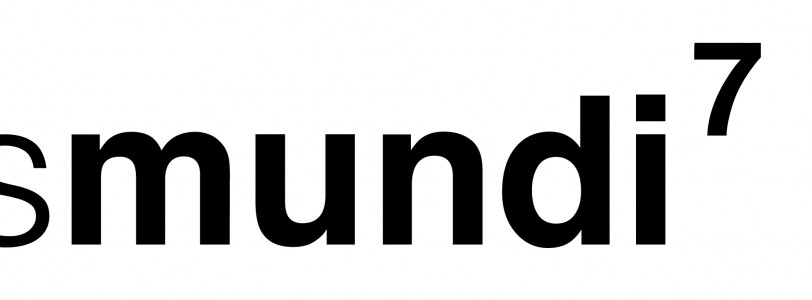Earlier this year, I explored the Artes Mundi 7 exhibition at the National Museum in Cardiff. The exhibition, a collection of the shortlisted works of six international contemporary artists, was an intoxicating mix of media, stimuli, themes and messages.
As an 'audience member,' I was allowed to wander through the exhibits at my own pace and to engage with each work for as long as I desired – a crucial element in a collection that did not necessarily always make its message easy to decipher. This art was not easy to consume – it demanded active participation. I enjoyed the opportunity to choose which art I wanted to engage with and the lack of pressure to stay with a piece for any amount of time. Flexibility is a key part of enjoyment of an exhibition for me – it means if you don't like something, you can easily move on and are not pressured to stay with something that doesn't attract you on any level. Conversely, you can also spend as much time as you like with an exhibit that interests you and in such a challenging exhibition, there were many of these.
I enjoyed the challenge presented by some of the these works, along with the ambiguity and onus placed on me as a spectator to interpret the work in my own way. However, I felt that some of these works placed too much of an onus on the viewer and were simply inaccessible, as opposed to challenging. A fuller explanation that was easier to locate may have increased the power of some of these exhibits, but it is possible to argue that this is merely down to personal taste, as opposed to an artistic flaw. No artwork, let alone a whole exhibition, will please everyone. Art is as unique as each individual.
My favourite piece was, without question, Bedwyr Williams' 'Tyrrau Mawr' – although it perhaps better to term it an 'experience,' rather than a piece. 'Tyrrau Mawr' takes up a whole room by itself, a large, separate, darkened space that invites the audience in with its mystery, without signposting anything – not even a title, much less a description (both of which are tucked away in a back corner of the darkness). One giant screen, very much like a cinema screen, takes up one wall. The rest of the room is empty, save a couple of giant pillows, on which the audience is invited to recline. On these pillows lie headphones for each individual to use. When you lie on these pillows and wear these headphones, you cannot see anyone else. Nor can you hear them. Your entire audio-visual awareness is taken up by the projection on the cinema screen and the accompanying, hypnotic monologue. On the screen before you rises a futuristic, monolithic, yet oddly sparse city, growing from the mountainside of Cader Idris.
The image is jarring in its blend of the familiar and unfamiliar – it is no city on Earth, yet a glance in one direction suggests the Barbican towers in London, another the Guggenheim in New York. The city is recognisable yet alien, real yet imagined. It is everywhere and nowhere. Over all this, the endless cycle of day and night is mirrored in the subtly yet constantly changing dark sky and echoed in the constant loop of the voiceover, narrating tiny, insignificant events happening simultaneously in the city. There are no epic events, no thread pulling these narratives together (bar the unifying space of the city), no sudden dramatic plot twists, no action blockbuster moment. It is the dull yet fascinating monotony of everyday life, instantly familiar. The listener may not have experienced the exact event, but it is certain that a similar lived experience lurks in their background. It is this similarity, this parallel between real and imagined lives that contributes to the hypnoticism of the audio, which in turn pulls the audience in and encourages them to stay. It's almost as if the piece is promising to tell them secrets about their neighbours, or even themselves, if they only stay long enough to listen. As such, it invites not only a discussion on modern city living, on its disjointedness, constant pulse and relationship with the natural world into which it is torn, but also a quiet introspection of the self. I am not usually a fan of contemporary art. This was the first modern piece to command my attention for over an hour, and the first to stay with me for months after I had seen it.
This surely is the purpose of art – to encourage participation and to stimulate thought and discussion after the performance is finished on the issues, not to mention the feelings, raised by the piece. From Lamia Joreige's guidance through the secrets of modern day Beirut, to Bedwyr Williams' imagining of the future to John Akomfrah's haunting portrayal of refugees past and present, the exhibition touches on society's raw nerves of displacement and environmentalism, not so much begging to be heard, but screaming to be noticed. Life may imitate art but here, art mirrors life. And we may not always like what we see.







Art galleries are so underappreciated these days. Great review!